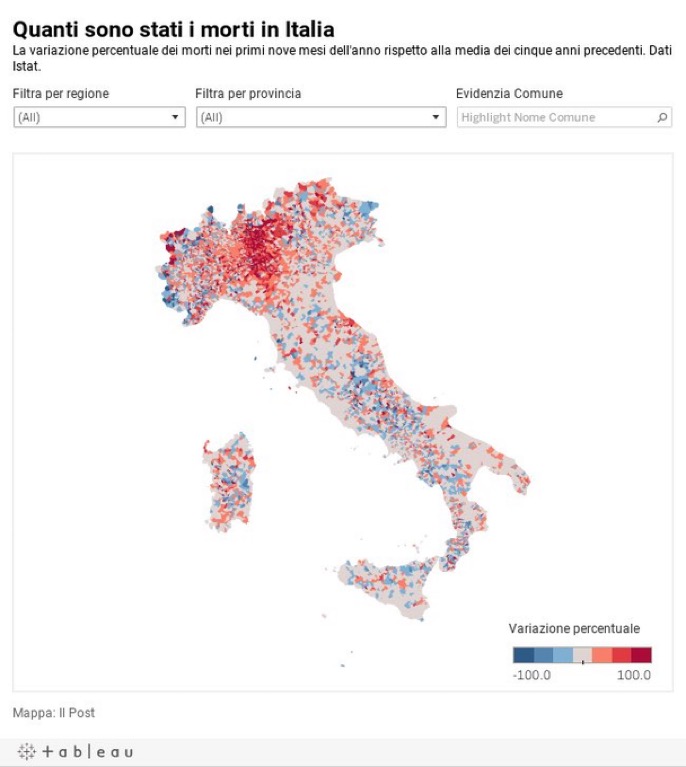
THOUGHTS ON HERD IMMUNITY
A WSJ piece claims the US might achieve herd immunity by April (pic below).
Does the claim make sense?
A thread, 1/N
A WSJ piece claims the US might achieve herd immunity by April (pic below).
Does the claim make sense?
A thread, 1/N

2/ First of all, there are excellent arguments by @EricTopol here.
But let’s talk more in detail about herd immunity from a statistical point of view.
But let’s talk more in detail about herd immunity from a statistical point of view.
https://twitter.com/erictopol/status/1362513761383321602?s=21
3/ Virus and vaccinations are NOT homogenous. The map below shows that the virus spreads in clusters.
We cannot just average it all over the country. Doing so is detached from reality.
We cannot just average it all over the country. Doing so is detached from reality.

4/ Yes, some towns might have already achieved herd immunity, or might achieve it soon.
But there are also many towns in which there have been so few cases where the virus can have easy play.
But there are also many towns in which there have been so few cases where the virus can have easy play.
5/ A country doesn’t achieve herd immunity as a whole.
Instead, the most infected / vaccinated clusters reach it first.
For the US to reach herd immunity by April it likely means that some counties must have achieved it in February or at least early March.
Instead, the most infected / vaccinated clusters reach it first.
For the US to reach herd immunity by April it likely means that some counties must have achieved it in February or at least early March.
6/ Herd immunity is not an on-off switch, where one day you have lot of cases, then the following day *magic* herd immunity kicks in and cases drop to 0.
February data should give us a good indication of whether herd immunity is achievable.
February data should give us a good indication of whether herd immunity is achievable.
7/ If not a single county reached herd immunity by early March (ie it had many cases and now almost 0), I find it difficult to believe that in one month *all* counties can get enough infections and vaccinations to reach herd immunity.
Remember: also vaccinations are clustered.
Remember: also vaccinations are clustered.
8/ BTW, remember that a drop in cases doesn’t imply that herd immunity is near.
As Europe learned in summer 2020.
As Europe learned in summer 2020.
9/ Hence, I’ll call BS on the claim above, and I’ll claim BS on each study that consider virus diffusion in a country as homogeneous.
That’s just detachment from reality.
That’s just detachment from reality.
• • •
Missing some Tweet in this thread? You can try to
force a refresh



